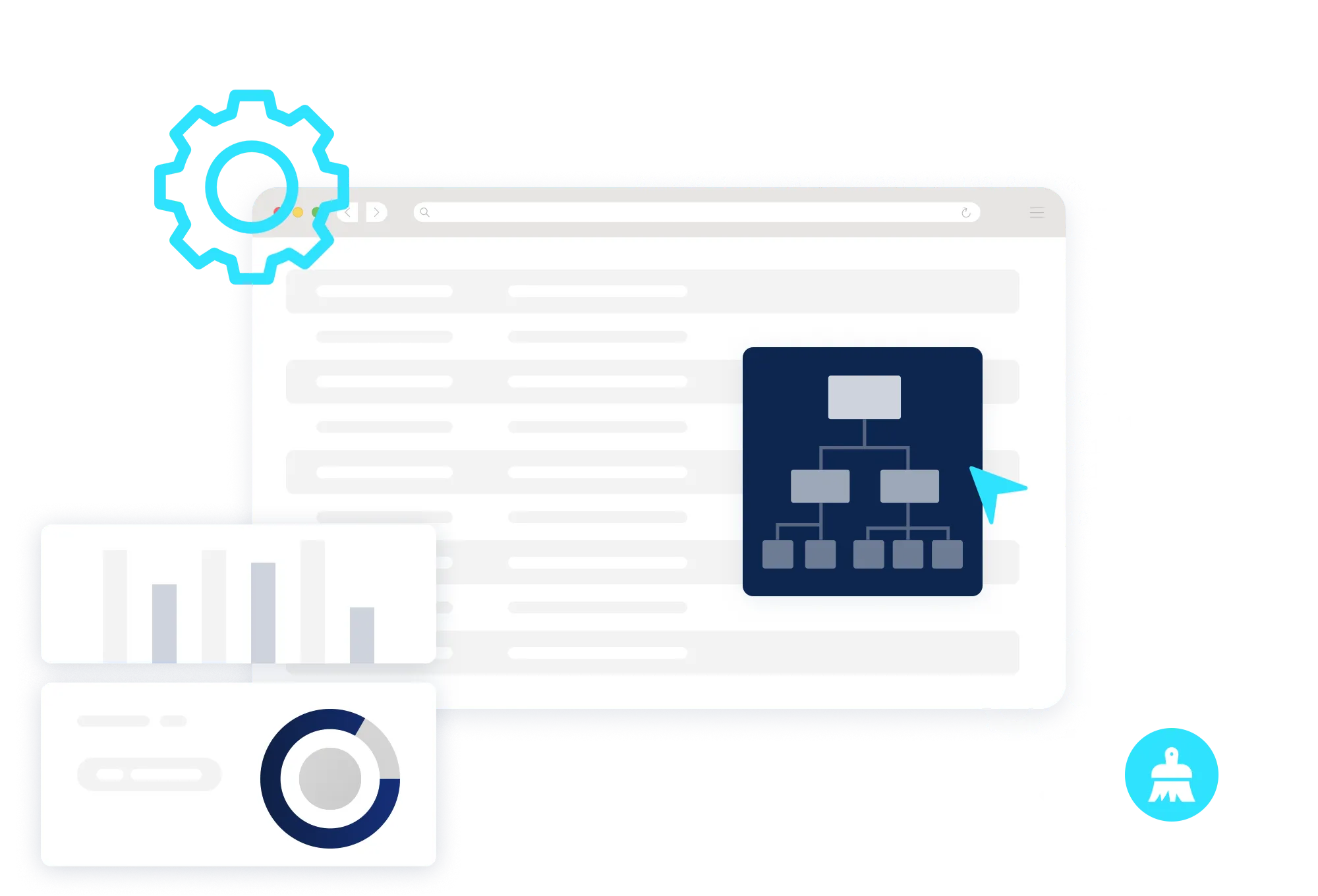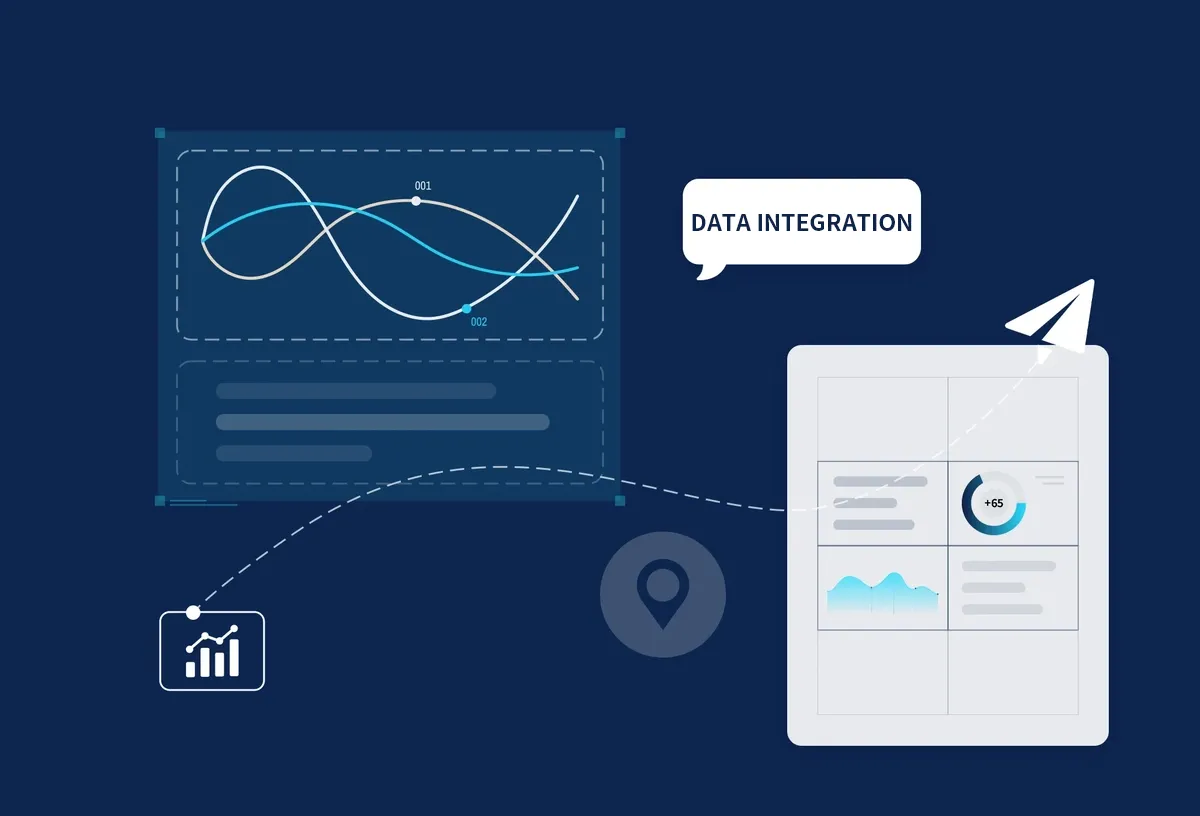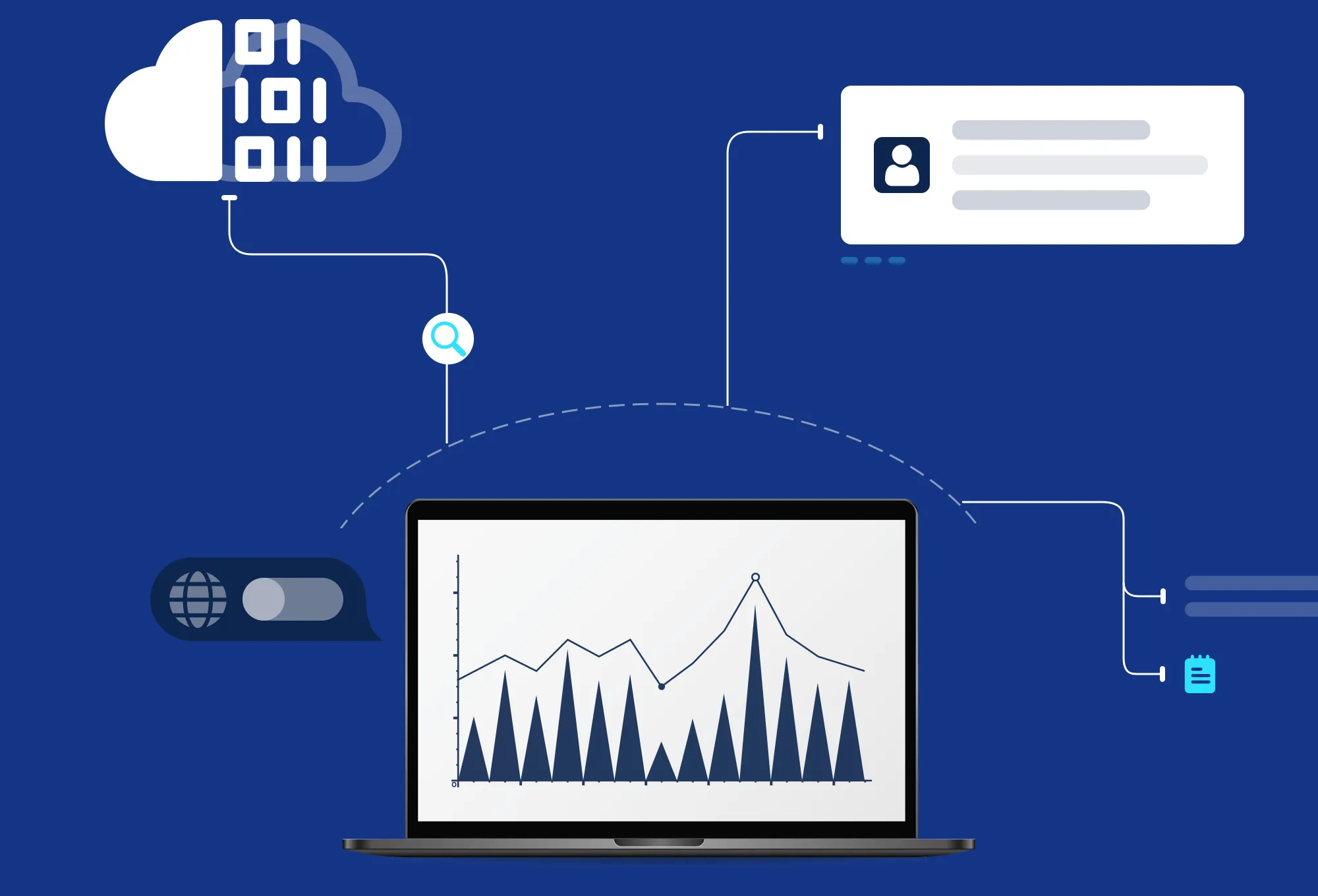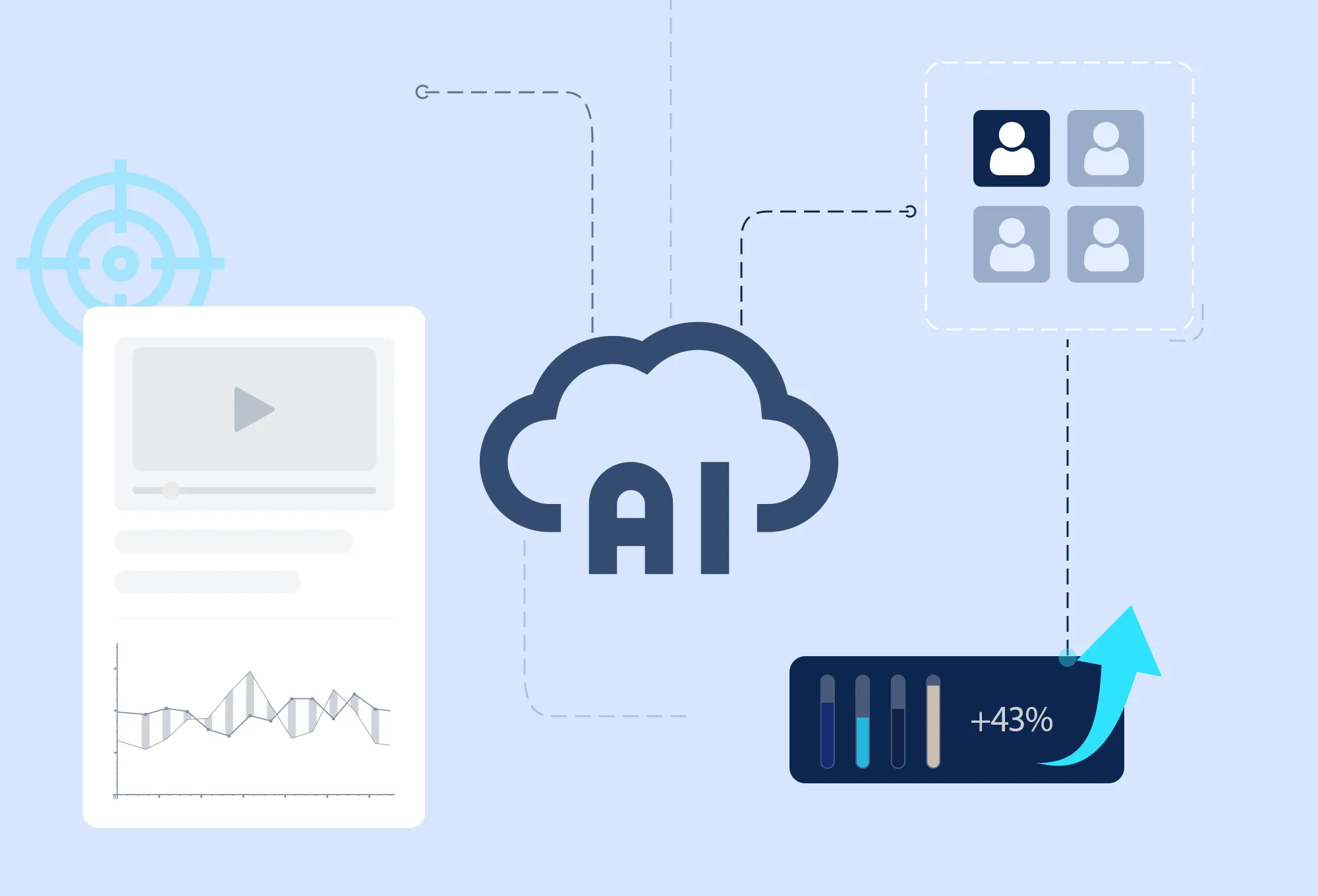
Automated data cleaning
Why is data cleaning important?
Improve data accuracy
Uncleaned data often contains duplicate, erroneous, or incomplete information, which can lead to errors in business decisions. Through data cleaning, these problems can be removed and an accurate and reliable data foundation can be provided to support more realistic decision-making.
Improve resource utilization efficiency
Cleaned data can effectively avoid resource waste. For example, in advertising, using clean data can more accurately target the target audience, increase conversion rates, and reduce advertising costs.
Enhance data consistency and integration
Data from different sources have different formats and standards. Data standardization and normalization through unified standards and formats can ensure data consistency and integrability, and support more effective data analysis and application.
Improve automation performance and operational efficiency
The automated data cleaning process can quickly and efficiently process large amounts of data, reduce labor investment and error rates, and optimize business operations.
How does TTO remove toxic data?
Data normalization
This process includes clearly demarcating company names from individual names and using data mapping tools to match and transform data from disparate sources. Key steps involved in data standardization, such as format standardization and consistency checking, enable enterprises to adjust for various data issues, such as unifying date and address formats, and checking for matches including postal codes and city names. Such fine management can not only greatly improve the accuracy of data, but also reduce challenges caused by differences in data dimensions by establishing unified standards. One of the effects of data standardization is that it supports the integration of external advertising platform data, making promotion activities more accurate and avoiding unnecessary waste of resources due to inconsistent data.


Data normalization
As the differences in digital environments grow, establishing such a centralized management system can help enterprises cope with the challenge of inconsistent data dimensions and fields. Effective data integration allows companies to not only increase precision in ad delivery, but also strategically send attribution events that interact with ad platforms to target more precise potential customers. This process significantly reduces the need for manual data updates, allowing companies to take advantage of highly consistent data get a dead start in advertising planning and delivery for ad planning and delivery.
Automated data cleaning
This program can automatically exclude non-valid information such as ID not found, error messages, illegal IPs, invalid names, etc. Duplicate data is automatically merged to ensure that each customer has a unique record to maintain data accuracy and completeness. Missing values are usually handled by filling, deleting or interpolating, and the appropriate method is selected according to the specific situation. Format standardization includes the unification of date format, address format, etc., which not only improves data consistency, but also reduces trouble in subsequent analysis and application. In addition, there is accuracy verification through validation rules or external data sources to ensure the correctness of the data and correct erroneous data.


AI drives higher quality user positioning
Each advertising platform has specific attribution points (or recommended events) and needs to complete event postback according to their respective standards. Such meticulous processing can be said to be the core of AI-driven marketing strategies, because it accurately targets customers by analyzing and classifying user behavior data, not only improving the accuracy of advertising, but also discovering potential high-value customer groups. On this basis, enterprises can more clearly position advertising, improve conversion rates, and save advertising costs, ultimately achieving the purpose of enhancing brand effect and market competitiveness.
